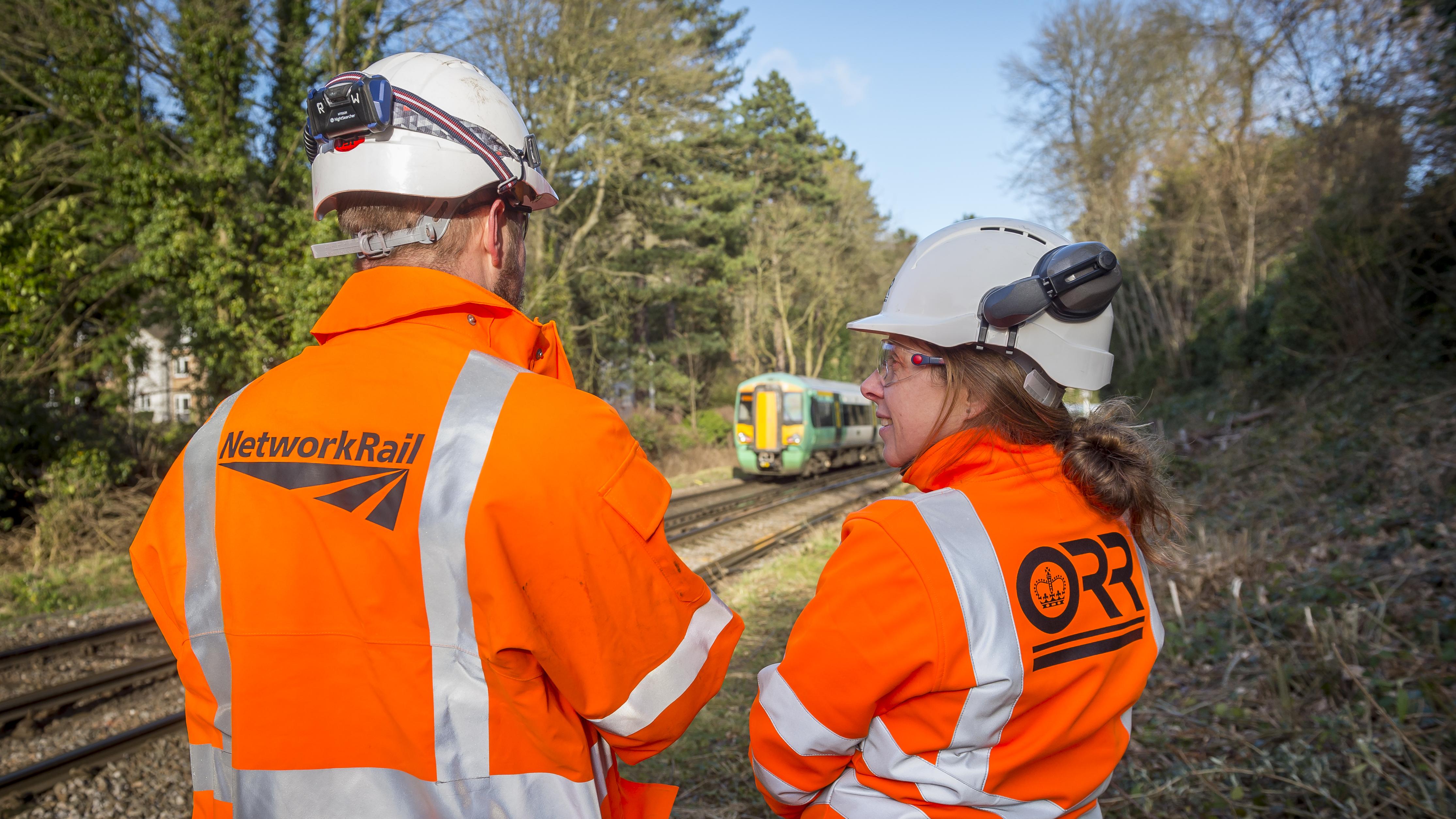
More needs to be done to tackle the impacts of climate change on the railway, which has seen risks increase over the last year, according to a new report published by the Office of Rail and Road (ORR) today.
The rail regulator’s Annual Report of Health and Safety Performance on Britain’s Railways shows that although safety across Britain’s railways has improved over the last 12 months, exceptional seasonal weather conditions continue to adversely affect safety performance. The number of earthwork failures and trains striking objects – such as trees – increased almost four fold compared to last year.
Infrastructure is impacted by examples of climate change such as hot dry summers followed by high rainfall, which can cause earthwork to collapse, while movement in clay embankments can adversely affect the precision layout of the tracks.
Although Network Rail has drawn up plans to address climate change and increase resilience to extreme weather, ORR reports today that these plans are not keeping up with the frequency and severity of weather events. Network Rail must focus on improving identification of imminent failure by means of remote monitoring and on refining the measures it has to respond to forecasts of extreme conditions.
The annual report found important progress in level crossing safety, with a repeat of last year’s lowest-ever number of two level crossing fatalities and praised Network Rail’s long-term strategy for efficient improvement to level crossings.
There has also been a levelling out of the estimated risk from Signals Passed at Danger, over the last year the ORR nevertheless saw an increase in incidents where train driver alertness was an underlying factor. Train and freight operating companies have been increasing their focus on developing driver training. The regulator is also working with trade unions and operators to enable the installation of equipment to aid drivers.
Sadly, in the last year there were four railway workers who lost their lives while working on Britain’s railways. This further emphasises the high-risk environment in which many railway staff work and the importance of good safety working practices.
In July 2019, ORR issued two key Improvement Notices on Network Rail to drive improvements in track worker safety; these were targeted on improved access, planning and improving the use of technology. Together these are designed to eliminate planned work taking place on railway lines that are open to traffic where the only protection is a lookout person.
Network Rail must comply with the Notices by July 2022. It has so far responded positively by putting together a task force involving both its centre and the regions. Improvements to the deployment of new technology to protect workers has already started to be implemented.
HM Chief Inspector of Railways, Ian Prosser CBE, said:
"There’s no doubt our railway remains one of the safest in Europe. There have been improvements in health and safety to the operation of Britain’s railways and this bears testimony to the great efforts made across the industry over the past decade.
"However, the last year saw significant increases in flooding, earthwork failures and trains striking trees on the line, which had a big impact on the number of delays on the network.
"It is so important that the sector employs best practice if we are to meet all the pressures on the network in the future and to make sure the railway plays its full role on climate change and reducing carbon emissions.
Notes to editors Collapse accordion Open accordion
- Annual Report of Health and Safety Performance on Britain’s Railways.
- Tragically, we have seen the loss of life to four railway workers in three separate incidents at Margam (South Wales), Tyseley (Midland) and Waterloo (London). This number does not include a subsequent further fatality at Roade in April 2020.

